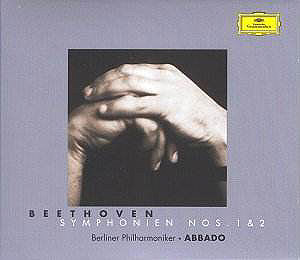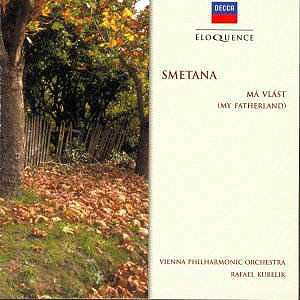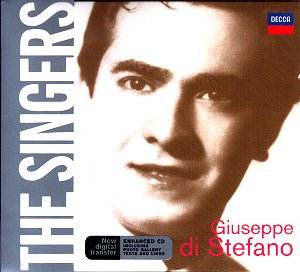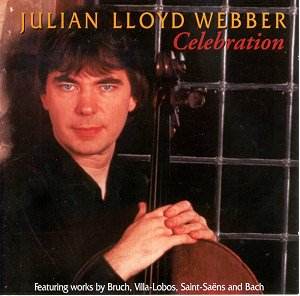 Composer: Ludwig van Beethoven
Composer: Ludwig van Beethoven
Works: Symphony No. 1 in C major, Op. 21; Symphony No. 2 in D major, Op. 36
Performers: Berlin Philharmonic Orchestra; Claudio Abbado, conductor
Recording: Recorded in the Kammermusiksaal of the Philharmonie, Berlin, March 2000
Label: Deutsche Grammophon 471 487-2 [57’30”]
Beethoven’s symphonies mark a pivotal shift in the evolution of the orchestral form, blending the established classical idioms of Haydn and Mozart with a burgeoning sense of personal expression and dramatic narrative. The First and Second Symphonies encapsulate this transitional phase, where the composer begins to assert his distinct voice while still adhering to the conventions of his predecessors. This Deutsche Grammophon recording under Claudio Abbado’s baton offers an intriguing perspective on these early works, embodying both a reverence for tradition and a probing interpretive curiosity.
Abbado’s approach to the First Symphony is strikingly buoyant, capturing its youthful exuberance. The opening slow introduction is executed with a sense of playful inquiry, yet it lacks the tension that arises from harmonic ambiguity—an element that Beethoven cleverly weaves into the fabric of the piece. The subsequent Allegro unfolds with a lightness that feels almost whimsical, yet the conductor’s emphasis on clarity and precision sometimes obscures the symphony’s inherent charm. The strings exhibit commendable discipline, but one longs for a more expressive interplay, especially during the development section, where the thematic material could benefit from a greater dynamic contrast.
In the Second Symphony, Abbado opts for brisker tempos, which, while invigorating, can sometimes verge on overly mechanical. The introduction to the first movement is marked by an insistence on rhythmic clarity, yet this comes at the expense of the vibrant emotional landscape Beethoven intended. The Allegro itself, though executed with meticulous precision, feels oddly restrained; the jubilant theme lacks the ecstatic release that characterizes this symphonic outpouring. Notably, the dialogue between winds and strings, anticipated to bubble with playful wit, is subdued, as Abbado adheres closely to the score without allowing the music to breathe with the improvisatory spirit that one might expect from a conductor like Nikolaus Harnoncourt.
The engineering of this recording is commendable, with the acoustics of the Kammermusiksaal providing a warm, intimate sound that allows the orchestral colors to emerge distinctly. Each section of the orchestra is well-balanced, and the clarity of individual lines—particularly in the oboe and flute passages—enhances the overall listening experience. However, this clarity highlights a paradox: while Abbado’s scrupulous attention to detail is laudable, it often strips the performances of the spontaneity and exuberance that define Beethoven’s symphonic ethos.
When juxtaposed with other interpretations, such as those by Ferenc Fricsay or Charles Mackerras, this recording seems to err on the side of precision rather than passion. Fricsay’s lively phrasing in the First Symphony, for instance, illuminates the playful elements that Abbado tends to underplay. Similarly, Mackerras brings a youthful vigor to the Second Symphony, showcasing the work’s inherent humor and wit, qualities that feel somewhat muted in Abbado’s reading.
Abbado’s interpretations of these early symphonies, while insightful in their adherence to the score, often lack the exuberance and character that are the hallmarks of Beethoven’s early symphonic explorations. The disciplined playing of the Berlin Philharmonic is commendable, yet it sometimes serves to highlight the conductor’s more conventional choices. This recording stands as a testament to the complexities of interpreting Beethoven; it offers a thorough and careful examination of the texts, but may leave listeners yearning for a deeper engagement with the emotional and dramatic nuances that define these works.



